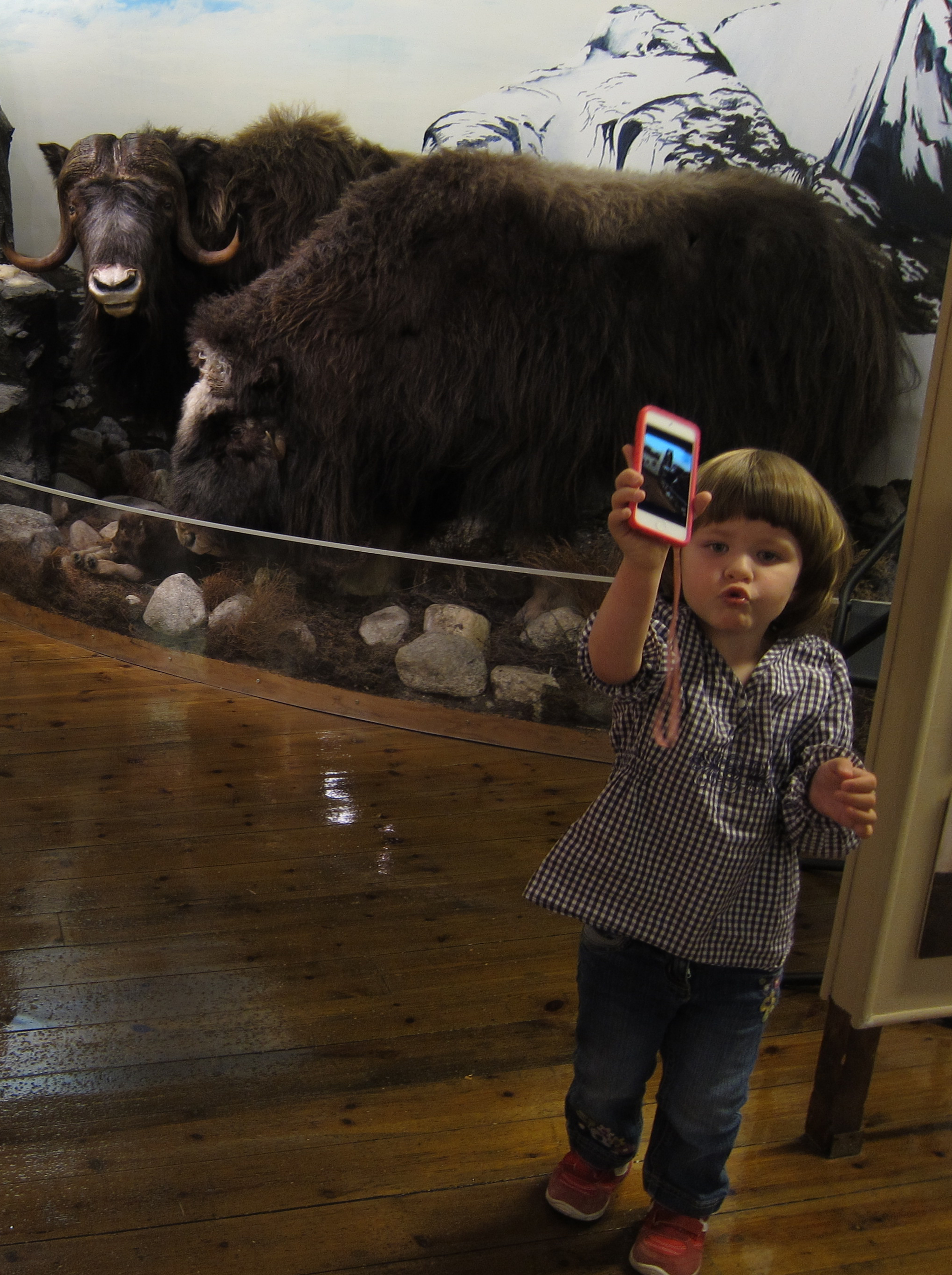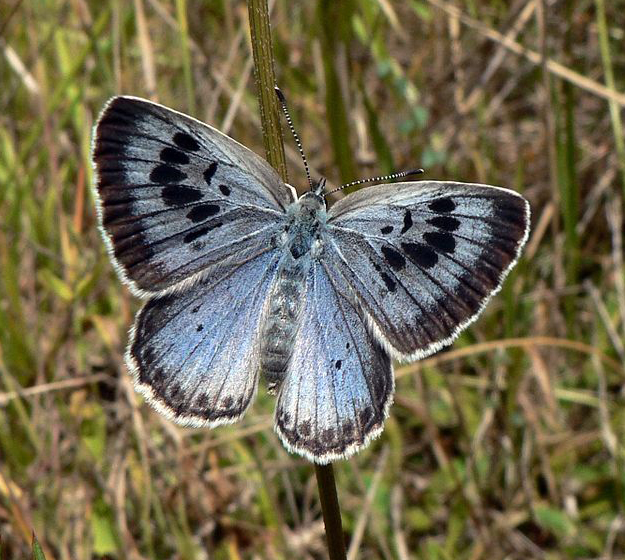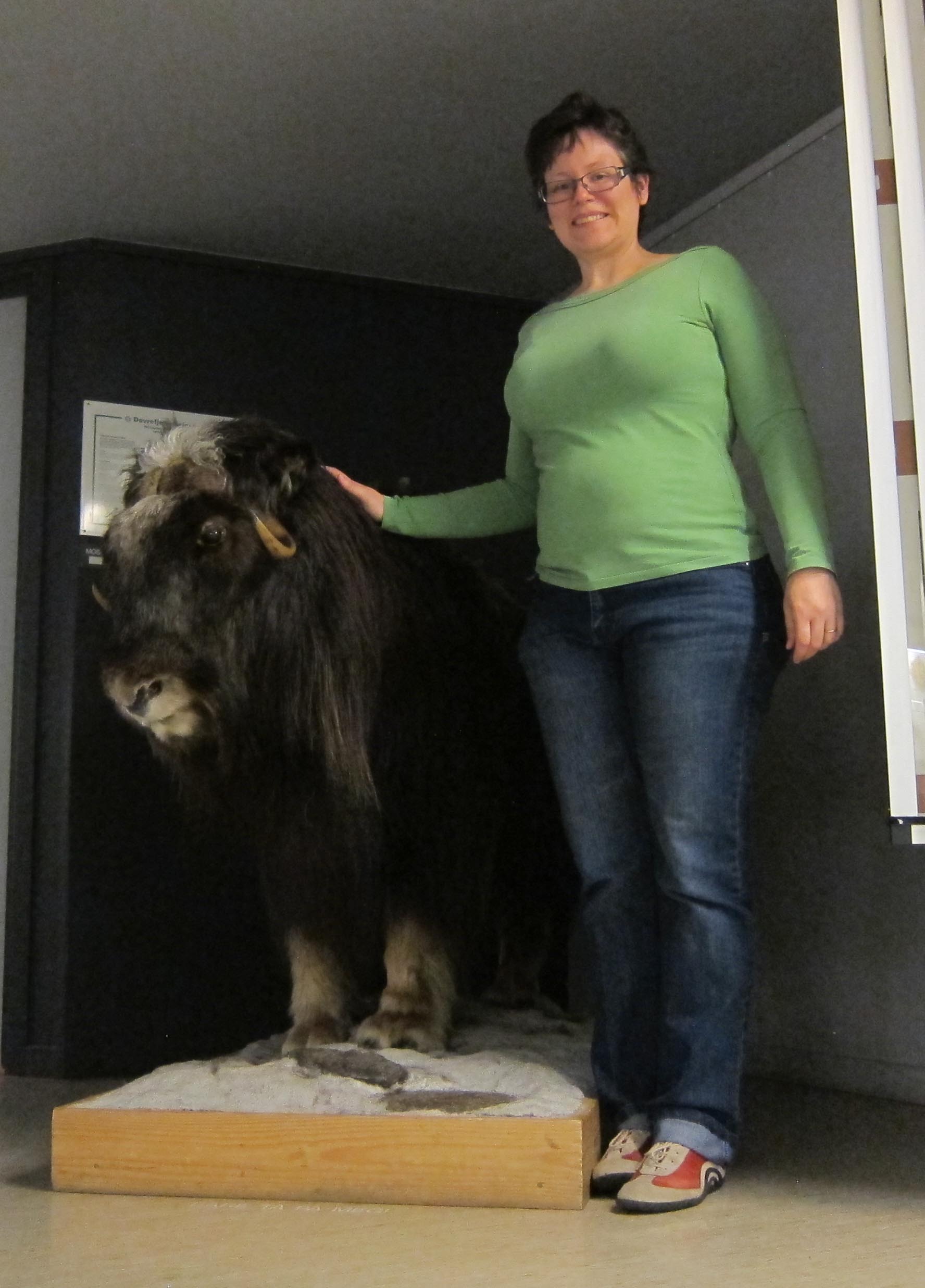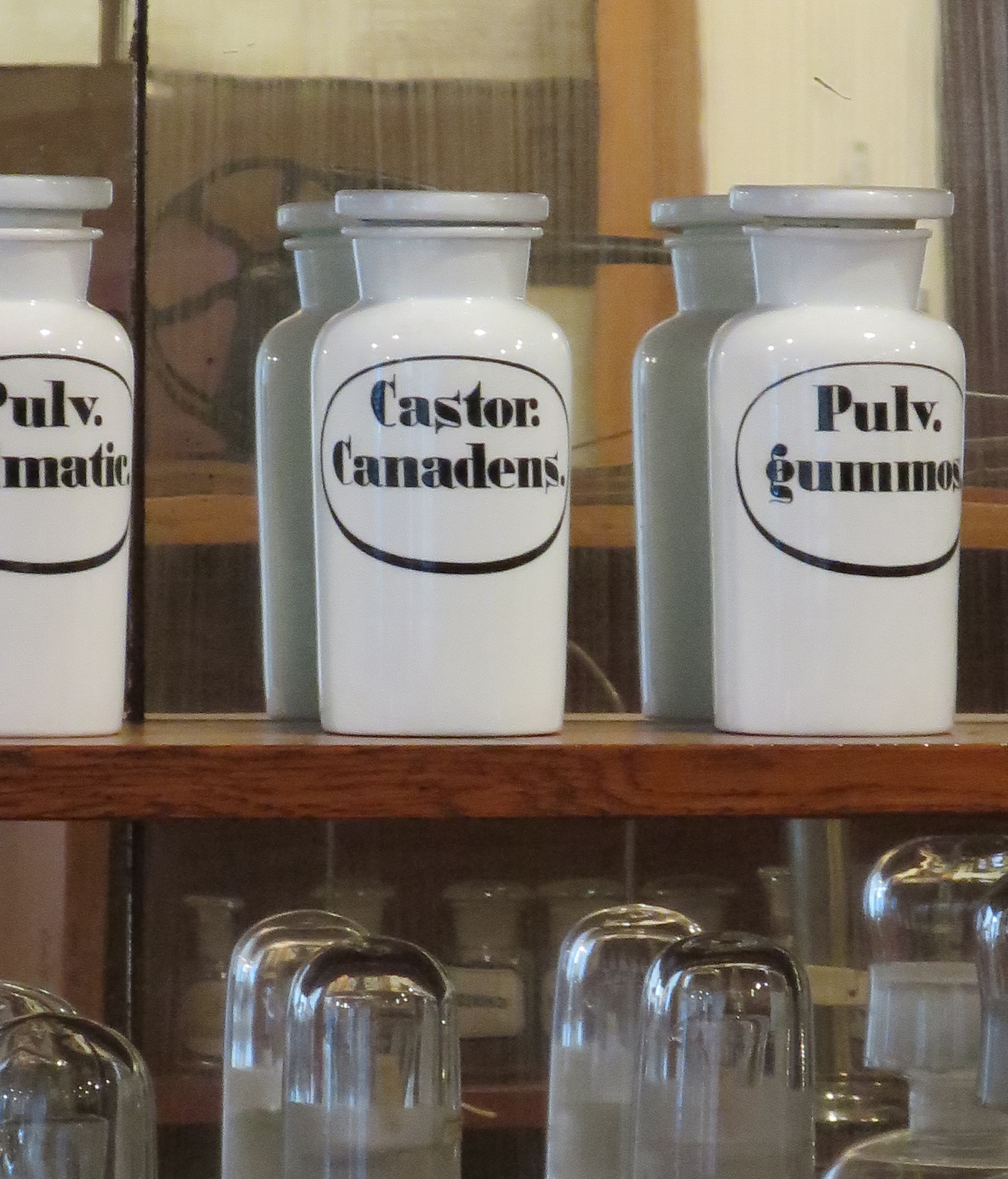
Reflections on rewilding
Warning: Undefined variable $skin in /home/anthropo/public_html/dolly/nordicnature/wp-content/plugins/media-element-html5-video-and-audio-player/mediaelement-js-wp.php on line 405
Warning: Undefined variable $src_attribute in /home/anthropo/public_html/dolly/nordicnature/wp-content/plugins/media-element-html5-video-and-audio-player/mediaelement-js-wp.php on line 410
Warning: Undefined variable $type_attribute in /home/anthropo/public_html/dolly/nordicnature/wp-content/plugins/media-element-html5-video-and-audio-player/mediaelement-js-wp.php on line 410
Warning: Undefined variable $poster_attribute in /home/anthropo/public_html/dolly/nordicnature/wp-content/plugins/media-element-html5-video-and-audio-player/mediaelement-js-wp.php on line 410
Warning: Undefined variable $autoplay_attribute in /home/anthropo/public_html/dolly/nordicnature/wp-content/plugins/media-element-html5-video-and-audio-player/mediaelement-js-wp.php on line 410
Warning: Undefined variable $mp3_source in /home/anthropo/public_html/dolly/nordicnature/wp-content/plugins/media-element-html5-video-and-audio-player/mediaelement-js-wp.php on line 412
Warning: Undefined variable $webm_source in /home/anthropo/public_html/dolly/nordicnature/wp-content/plugins/media-element-html5-video-and-audio-player/mediaelement-js-wp.php on line 413
Warning: Undefined variable $flv_source in /home/anthropo/public_html/dolly/nordicnature/wp-content/plugins/media-element-html5-video-and-audio-player/mediaelement-js-wp.php on line 414
Warning: Undefined variable $wmv_source in /home/anthropo/public_html/dolly/nordicnature/wp-content/plugins/media-element-html5-video-and-audio-player/mediaelement-js-wp.php on line 415
Warning: Undefined variable $ogg_source in /home/anthropo/public_html/dolly/nordicnature/wp-content/plugins/media-element-html5-video-and-audio-player/mediaelement-js-wp.php on line 416
Warning: Undefined variable $captions_source in /home/anthropo/public_html/dolly/nordicnature/wp-content/plugins/media-element-html5-video-and-audio-player/mediaelement-js-wp.php on line 417
Warning: Undefined variable $loop_option in /home/anthropo/public_html/dolly/nordicnature/wp-content/plugins/media-element-html5-video-and-audio-player/mediaelement-js-wp.php on line 423
Warning: Undefined variable $mediahtml in /home/anthropo/public_html/dolly/nordicnature/wp-content/plugins/media-element-html5-video-and-audio-player/mediaelement-js-wp.php on line 425
I have recorded a new podcast with Jan Oosthoek at Environmental History Resources called “Desire for the Wild – Wild Desires? The Trouble with Rewilding”. In the podcast, I offer some reflections about a workshop I attended back in the spring at Cambridge and Wicken Fen in England. Paul Warde wrote up his own thoughts about the workshop for the project’s blog immediately afterward, so this was my chance to follow suit.

During the workshop, I posted about the grazing animals being used to “rewild” Wicken Fen and questioned their “wildness”. My concern is not with the use of ponies or cattle to manage vegetation at Wicken Fen, it is about the labels that we use for the activity. What are we really doing when we introduce grazing breeds selectively bred by humans into fenced enclosures in areas where free-range grazers haven’t lived for 10,000 years? My position is that this kind of intervention is environmental management. The managers at Wicken Fen have adopted a goal of what the ecosystem should be and have chosen species to place in the area to achieve that goal. There is absolutely nothing wrong with that — in fact, I applaud it — but is it “rewilding”?
Of course the answer to that depends on what you mean by “rewilding”. That is where in the podcast, I go a little bit into the paper that I presented at the conference. I’m currently reworking/expanding the paper for consideration in a Geoforum special issue, so I won’t steal all its thunder here, but in essence, it argues that the definition of “rewilding” is anything but clear.
When the word was first coined in 1991 (that’s the first use I’ve been able to locate), it meant creating landscapes focused on the 3 Cs (cores, corridors & carnivores). In other words, it was all about large wildlife, particularly carnivores like wolves and bears, and it was developed within a US context. In 2005, the word was repurposed by Donlan et al. in their famous Nature paper “Re-wilding North America” to mean the return of megafaunal replacements for animals lost at the end of the Pleistocene from North America (think here of mammoths, cave lions, and the like). A later group of scientists working on introducing surrogate tortoise species from one Oceanic island to another started labelling their work as “rewilding”. Still others used “rewilding” to refer to the abandonment of previous agricultural land or production forest, particularly within the European context. And finally “rewilding” is even used to refer to the release of captive-born animals into the wild.
What I found interesting in all of this is how geography mattered in which definition we were talking about. In North America, the focus was on species. In Europe, animals were not discussed, it was landscapes. In the North American contexts, “rewilding” implied not having humans present, whereas that was not the case in other geographies, although even in the other geographies, “rewilding” was using a baseline before human settlement even if it wasn’t assumed that humans would be gone from the area now.
In the paper, I critiqued this notion of “wild” being only where humans are not. Bill Cronon argued back in 1995 that making wilderness out to be nature profoundly apart from humans is fundamentally flawed. It’s not that setting aside nature reserves is inappropriate, but as he said a few days ago on NPR’s Science Friday, there is “no way we can wall off those areas” so nothing is really without human influence. From this contention, I argued that making “wild” out to be only places without people leads to devaluing wild where people are, whether that’s a butterfly in the garden or a sparrow in an agricultural field. Paul Robbins, who was on Science Friday along with Cronon, pointed out that working landscapes can be incredibly productive from a biodiversity perspective. So if “rewilding” focuses only on things “out there”, we diminish the thing “right here”. We imply that if touched by human hands, something can’t be wild.
When I drafted my talk, that’s where it finished. But I got inspired to add a multi-media ending to the paper when I was sitting on a bench outside of our room during the break before my paper. I noticed how many bird calls I could hear, so I filmed the urban “wild”.
Now, Paul Warde in his blog post didn’t agree that this garden scene is “wild” but I beg to differ because I focus on a different aspect of wild. On the Science Friday radio show, Cronon mentioned the difference between controlling nature and affecting nature. Although in the Anthropocene everything is affected by humans, we do not control it all. As Emma Marris has labelled it, we live in a rambunctious garden. And it is that rambunctiousness that I believe is “wild”. A recent write-up about the wildlife in New York’s Central Park is a case in point. The inhabitants of Central Park are uncontrolled yet affected by us — they are wild.
Again, I’m not saying that we don’t need to work on making landscape areas in which non-humans can live. We do. Some non-humans are very sensitive to human contact so they need spaces away from us; but others actually thrive where we are. Both are important and both are wild. In that way, rewilding seems like a ridiculous term because if it’s all already wild, you can’t “re”wild it. We can as humans, however, choose to make spaces for different kinds of wild in the world.




